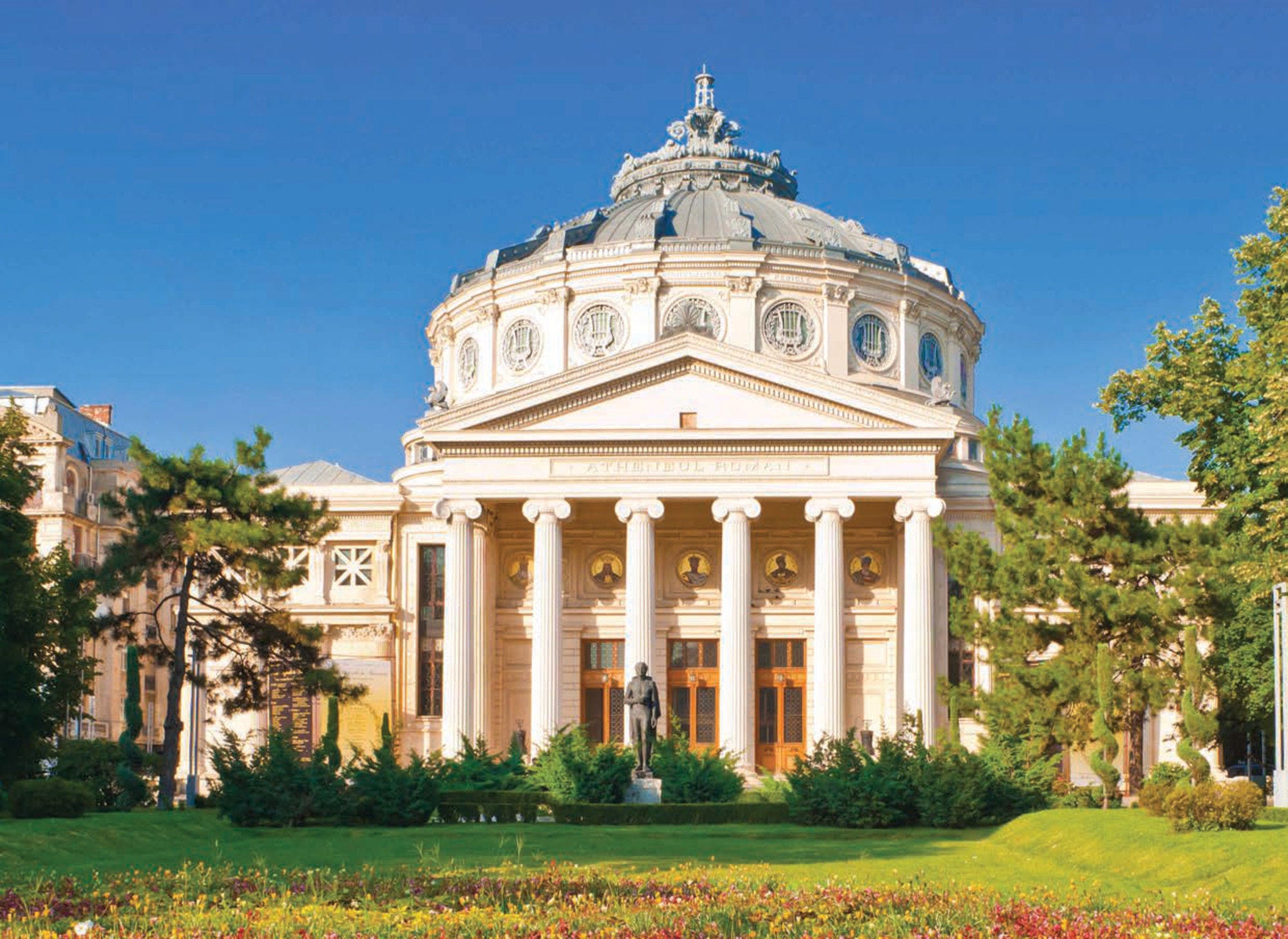OECD Economic Surveys: Romania 2022

Basic statistics of Romania, 2020
(Numbers in parentheses refer to the OECD average)1
|
LAND, PEOPLE AND ELECTORAL CYCLE |
|||||
|---|---|---|---|---|---|
|
Population (million) |
19.3 |
Population density per km |
83.8 |
(38.6) |
|
|
Under 15 (%) |
15.5 |
(17.8) |
Life expectancy at birth (years, 2019) |
75.5 |
(80.2) |
|
Over 65 (%) |
19.2 |
(17.4) |
Men (2019) |
71.8 |
(77.6) |
|
International migrant stock (% of population, 2019) |
2.4 |
(13.2) |
Women (2019) |
79.3 |
(82.9) |
|
Latest 5-year average growth (%) |
-0.5 |
(0.6) |
Latest general election |
December |
2020 |
|
ECONOMY |
|||||
|
Gross domestic product (GDP) |
Value added shares (%, OECD: 2019) |
||||
|
In current prices (billion USD) |
249.0 |
Agriculture, forestry and fishing |
4.3 |
(2.7) |
|
|
In current prices (billion RON) |
1 055.5 |
Industry including construction |
29.5 |
(26.2) |
|
|
Latest 5-year average real growth (%) |
3.3 |
(0.8) |
Services |
66.2 |
(71.1) |
|
Per capita (000 USD PPP) |
31.9 |
(46.3) |
|||
|
GENERAL GOVERNMENT (Per cent of GDP) |
|||||
|
Expenditure |
42.2 |
(48.8) |
Gross financial debt (OECD: 2019) |
59.4 |
(109.0) |
|
Revenue |
32.8 |
(38.2) |
Net financial debt (OECD: 2019) |
32.6 |
(68.1) |
|
EXTERNAL ACCOUNTS |
|||||
|
Exchange rate (RON per USD) |
4.24 |
Main exports (% of total merchandise exports) |
|||
|
PPP exchange rate (USA = 1) |
1.70 |
Machinery and transport equipment |
48.3 |
||
|
In per cent of GDP |
Manufactured goods |
16.0 |
|||
|
Exports of goods and services |
37.3 |
(50.6) |
Miscellaneous manufactured articles |
14.7 |
|
|
Imports of goods and services |
41.7 |
(47.2) |
Main imports (% of total merchandise imports) |
||
|
Current account balance |
-5.0 |
(0.0) |
Machinery and transport equipment |
36.9 |
|
|
Net international investment position |
-54.7 |
Manufactured goods |
18.9 |
||
|
Chemicals and related products, n.e.s. |
14.8 |
||||
|
LABOUR MARKET, SKILLS AND INNOVATION2 |
|||||
|
Employment rate (aged 15 and over, %) |
52.3 |
(55.1) |
Unemployment rate, Labour Force Survey (aged 15 and over, %) |
5.0 |
(7.1) |
|
Men |
62.0 |
(63.0) |
Youth (aged 15-24, %) |
17.3 |
(15.0) |
|
Women |
43.2 |
(47.7) |
Long-term unemployed (1 year and over, %) |
1.5 |
(1.3) |
|
Participation rate (aged 15 and over, %) |
55.1 |
(59.5) |
Tertiary educational attainment (aged 25-64, %) |
18.7 |
(39.0) |
|
Average hours worked per year |
1,795 |
(1,687) |
Gross domestic expenditure on R&D (% of GDP, 2018) |
0.5 |
(2.6) |
|
ENVIRONMENT |
|||||
|
Total primary energy supply per capita (toe, 2019, OECD: 2020) |
1.7 |
(3.7) |
CO2 emissions from fuel combustion per capita (tonnes, 2018, OECD: 2019) |
3.7 |
( 8.3) |
|
Renewables (%, 2019, OECD: 2020) |
18.3 |
(11.9) |
Renewable internal freshwater resources per capita (1 000 m, 2017) |
2.2 |
|
|
Exposure to air pollution (more than 10 g/m of PM 2.5, % of population, 2019) |
98.0 |
(61.7) |
|||
|
SOCIETY |
|||||
|
Income inequality (Gini coefficient, 2019, OECD: latest available) |
0.339 |
(0.318) |
Education outcomes (PISA score, 2018) |
||
|
Relative poverty rate (%, 2019, OECD: 2018) |
17.0 |
(11.7) |
Reading (2015, OECD: 2018) |
428 |
(485) |
|
Median disposable household income (000 USD PPP, 2018, OECD: 2017) |
11.9 |
(25.4) |
Mathematics |
430 |
(487) |
|
Public and private spending (% of GDP) |
Science |
426 |
(487) |
||
|
Health care (2018) |
5.6 |
(12.4) |
Share of women in parliament (%) |
21.9 |
(31.5) |
|
Education (% of GNI, 2019) |
2.8 |
(4.4) |
Net official development assistance (% of GNI, 2017) |
0.1 |
(0.4) |
Note: The year is indicated in parenthesis if it deviates from the year in the main title of this table.
1. Where the OECD aggregate is not provided in the source database, a simple OECD average of latest available data is calculated where data exist for at least 80% of member countries.
2. Labour market data refers to the pre-2021 LFS methodology.
Source: Calculations based on data extracted from databases of the following organisations: OECD, International Energy Agency, International Labour Organisation, International Monetary Fund, United Nations, World Bank.